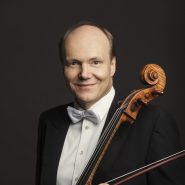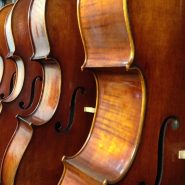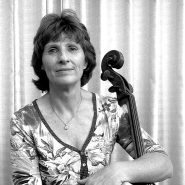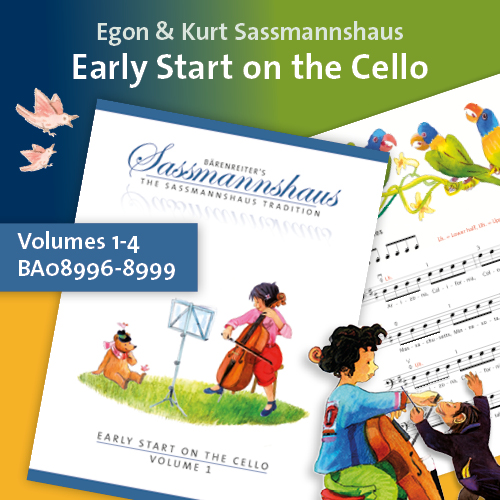By Tim Janof February 23, 2020
Subjects Interviews
By Tim Janof February 9, 2020
By Tyresha Hale January 3, 2020
By Meghan Lyda December 8, 2019
Subjects Practicing
Tags
By Alban Gerhardt November 27, 2019
Subjects Instrument Care
Tags cello, instrument, Listening, shopping
By Tim Janof October 27, 2019
Subjects Interviews
By Tim Janof October 27, 2019
By Tim Janof October 27, 2019
Subjects Interviews
By Tim Janof October 27, 2019
By Tim Janof October 27, 2019
Subjects Interviews










